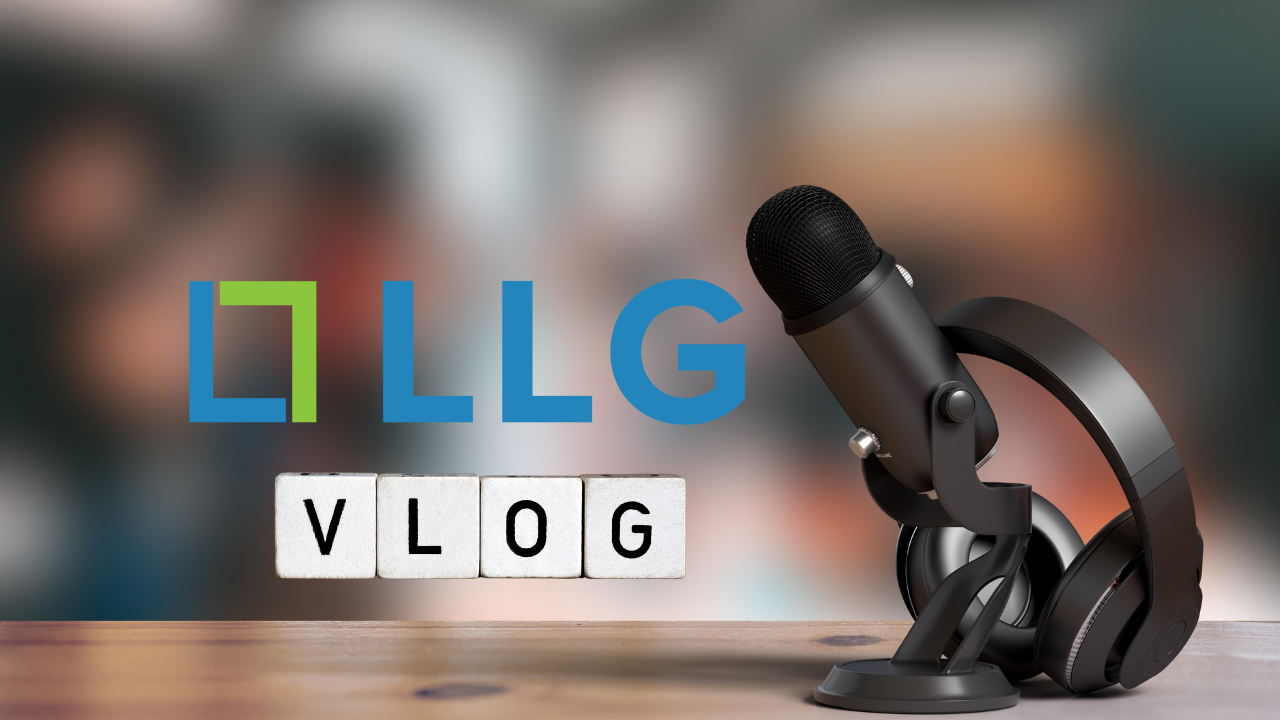



The Role of Heat in reaching Net Zero
With pressure on governments around the world to reduce carbon emissions and meet net zero targets, the UK government is seeking to increase utilisation of heat networks.
WHAT ARE HEAT NETWORKS?
District heat networks supply low carbon heat from a central source to nearby buildings (domestic and non-domestic) via a network of insulated pipes carrying hot water. In the UK, there are currently 14,000 operational networks albeit they generally have a relatively low public profile.
In July 2018 heat networks were calculated in the Competition and Market Authority’s heat networks market study to provide just 2% of UK buildings’ heat demand. The independent Committee on Climate Change has estimated that to meet carbon targets around 18% of the UK’s heat needs to come from heat networks by 2050. This could require investment of between £30 to 50 billion; clearly a significant challenge.
HEAT NETWORK Models
Heat networks come in a variety of shapes and sizes. The operating model chosen depends on the needs of the area and local authorities. They may take the form of:
ESCo (Energy Services Company): a specific entity set up for the primary purpose of delivering energy services;
Joint venture: the local authority works with other entities to deliver the heat network;
Concessions: the heat network is owned and operated by the private sector under a long-term service concession tendered by a public body;
Facilitating investment by a third party: the local authority encourages the investment by a private sector body into a heat network project.
The key drivers for selecting a model are the extent to which a local authority wishes to control the development and operation of the network and funding.. Generally the greater the level of control which the authority wishes to have the greater the funding commitment required.. To encourage the uptake of heat networks, the government has issued grants for local authorities to deliver heat networks including the Green Heat Networks Fund.
ZONING LEGAL UPDATE
Heat network zoning was introduced under the Energy Act 2023. Zoning intends to increase the use of heat networks by designating zones in England within which certain categories of buildings will be required to connect to the heat network. The Government closed the second consultation on zoning in February. A response to this is expected later this year.
Its critical that local authorities monitor developments regarding zoning as, they are likely to be the Zone Co-ordinators (effectively the enforcement body for zones) and could be subject to the obligation to connect their buildings to the heat network. Zoning could also offer an opportunity to help authorities deliver their net zero objectives.
If you would like to discuss a heat networks project please contact Womble Bond Dickinson:
Andrew Hirst, Partner, andrew.hirst@wbd-uk.com
Rebecca Cowley, Solicitor, rebecca.cowley@wbd-uk.com

VLOG

Podcast


VLOG

Podcast